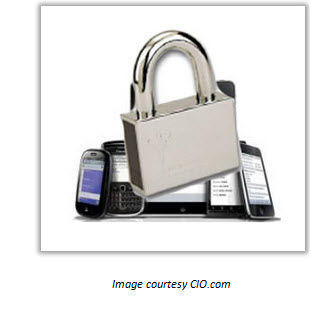 During the past decade, the term “telecommuting” has evolved from meaning the rarest, and one of the most strongly desired, workplace allowances, into near ubiquity among the professional ranks.
During the past decade, the term “telecommuting” has evolved from meaning the rarest, and one of the most strongly desired, workplace allowances, into near ubiquity among the professional ranks.
These days it goes without saying that many businesses, small and large, embrace telecommuting for a variety of reasons. Some companies offer the ability to work from home as a perk to help lure top talent. Others like promoting a green workplace by encouraging staff to drive fewer trips between home and office. Some like the cost savings they realize by reducing the amount of square footage required to accommodate their headcount. Many companies believe certain employees become more productive when they remove themselves from the office environment.
Whatever the rationale, it’s clear that workplace flexibility, and telecommuting in particular, is here to stay and will become even more prevalent.
But telecommuting is just one component of workplace mobility, a trend that’s becoming increasingly common not only with small, medium and large businesses, but with enterprises as well.
Today, when enterprise-level IT decision-makers discuss mobility, they typically do so within the framework of the broader BYOD (bring your own device) conversation.
And for enterprises in the early stages of considering how to implement their own BYOD policies, the volume of information and best-practice advice can be overwhelming.
Which is why I found the Business 2 Community article, “Enterprise Mobility: It Isn’t Easy, But It’s Worth It,” such a great roadmap for decision-makers who need guidance during their initial BYOD planning.
From the piece:
“Instead of diving head first into transforming into a mobile workplace, there are a few things to consider straight away. There are basic preliminary steps that can foster a systematic approach and deployment that will lead to a more successful initiative that will protect employees, the enterprise, and the security of all information involved.
“While it won’t be easy, to do this successfully, consider four main steps that could make the process a little more organized and mitigate some of the potential risks and pitfalls. The steps include: choosing a partner, building a strategy, creating use-case scenarios, and building a roadmap for deployment.”
There’s much more to learn from reading the entire article, and I encourage anyone interested in learning more about BYOD to do so.
And for more information about some of the leading-edge technologies Xerox offers to help companies adapt to workplace mobility and BYOD, visit our Xerox ConnectKey and Xerox Mobile Print pages.


